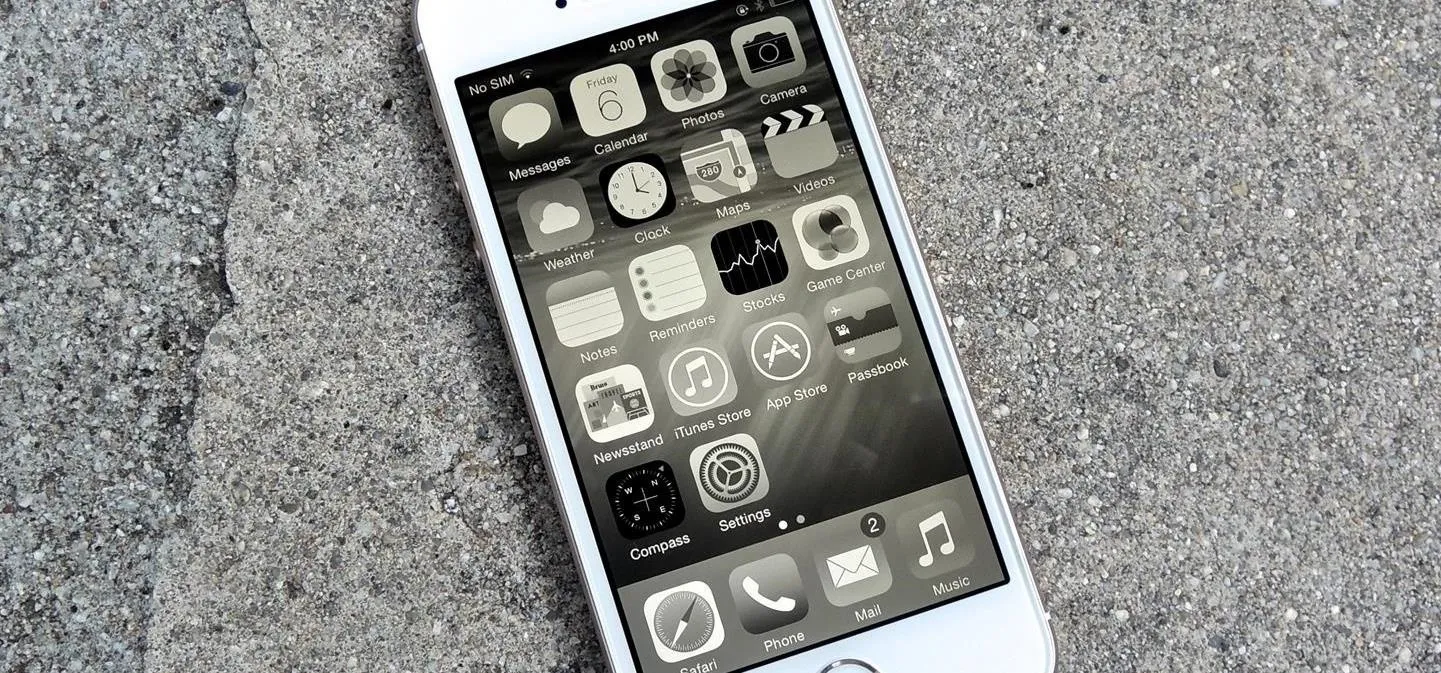Are you feeling like your phone owns you? Like each swipe, each ping is a siren song you can’t ignore.
You’re not alone. 😑 Your focus is under attack. Today, everything’s online—from epic battles to overpriced sneakers—and all of it wants one thing: your attention. Every ding, every like, every scroll is like a tiny dopamine dealer, pulling you in deeper. Blink, and suddenly you’re three hours into cat videos.
Apps know what they’re doing. They’re built to keep you hooked. You know what…there’s a way out!
It’s called a Dopamine Detox. It’s the method to reclaim your time, your focus, your life. This article will break down dopamine detoxing into small steps, showing you why it’s powerful and how it’s done. And, if you’re serious about change, you’ll want help from these free apps like Betimeful and Unhook.
Tools and Techniques for a Successful Dopamine Detox
-
Try Free Apps: Need help staying focused during your Dopamine Detox? BeTimeful is a free app that minimises social media distractions by hiding feeds and keeping you on track, so you can reclaim your time and focus.
-
Note: If you are also struggle to watch just one video without hours slipping away? Unhook helps you regain control on YouTube by disabling Shorts, silencing comments, and turning off autoplay, so you focus only on what matters.
-
Intentional Breaks: Planned moments to check in or take breaks without getting sucked back into the scroll.
-
Focus Mode: Staying in control of where you direct your attention, free from notifications and constant dopamine hits.
How Dopamine Detox Works and Why You Need It
You all know about Dopamine. There is little science behind this. Dopamine is a chemical in your brain that makes you feel good. Each time you scroll through social media, watch a clip or grab a snack, your brain releases dopamine.
But here’s the reality – your brain becomes dependent on these small hits. This dependency trains your brain to crave more, and each hit becomes less satisfying.
A Dopamine Detox helps you reset. It’s a short break from everything that spikes dopamine: social media, binge-watching, junk food. With a detox, your brain gets a breather. It starts to enjoy simpler things again. And you get your focus back.
Why Dopamine Feels Good but Becomes Dangerous
Social media apps know how to work on you. They’re designed to be sticky. Every scroll, every like, every alert triggers your pleasure center. It’s quick, it’s easy, it’s addicting. But each time you feed the craving, the craving grows. This leaves you trapped in a loop – craving more while feeling less satisfied. That’s where the dopamine trap catches you.
Simplify Your Mind Using Dopamine Detox
Imagine your phone as your living room. If it’s cluttered, your mind feels cluttered too. Simplifying your digital space is step one in a successful dopamine detox. Here’s how to do it:
-
Turn Off Notifications: Every ding is a dopamine trigger. Go into your settings and turn off non-essential notifications. Just do it. Your mind will thank you.
-
Organize Your Apps: Group the distracting apps together and move them off your home screen. When you have to dig to open them, it slows down that impulsive swipe. Put the productive ones front and center, like your calendar or note apps.
-
Set App Limits: Most phones now have screen time settings. Use them to cap how long you can use social media or other dopamine-heavy apps daily. A small limit – like 15 minutes a day – goes a long way.
These changes help you stop reaching for dopamine triggers without thinking. With fewer distractions, your mind starts to settle. You’re teaching it that not every ping deserves your attention.
Create Dopamine Detox Zones in Your Day
A dopamine detox isn’t about going cold turkey. It’s about creating intentional breaks from the usual dopamine hits. Here’s a routine that works:
🔹 Morning Routine Without Screens
Mornings are blessed. Set a simple rule: no screens for the first 30 minutes after you wake up. Instead, stretch, journal, or sip your coffee slowly. Without that dopamine rush from checking emails or social media, your brain wakes up at a natural pace. It’s a small change with big benefits.
🔹 Mindful Eating
Dopamine can be sneaky, even in our food habits. Next time you eat, skip the screen. Just sit, chew slowly, and pay attention to the flavors. This not only slows you down but teaches your brain to enjoy simple pleasures without needing constant stimulation.
🔹 Evening Wind-Down
Just as you start your day screen-free, end it that way too. Turn off devices an hour before bed. Read a book, take a shower, or even just relax in silence. Winding down without screens helps your mind prepare for rest, which leads to better sleep – a crucial part of any detox.
These dopamine-free zones make you more intentional with your time. They train your brain to be satisfied with quieter, real-life experiences.
3 Steps to Start a Dopamine Detox Today
Here are three steps to break free from the dopamine loop and start fresh.
#1. Identify Triggers
Pinpoint what’s taking your time. Is it Instagram, YouTube, or late-night snacking? Note each trigger down. Awareness is the first step to change.
#2. Set Limits
Instead of quitting cold turkey, start small. Maybe check social media once in the evening. Or skip the YouTube rabbit hole. Start with a limit you know you can keep.
#3. Use Tools to Keep Focused
Help is out there. I am presenting two apps to help you master Dopamine Detox (without losing your mind).
-
Betimeful
-
Unhook
These apps are designed to bring you true peace of mind. I’ve attached the links—download them, give them a try, and see the difference for yourself. Available on Android and iOS.
Dopamine Detox: A Reset Beyond Screens
A dopamine detox isn’t only about cutting screen time. The benefits reach further. When you detox, you’re training your mind to slow down, to enjoy quieter things. It’s as if your brain “rewires” itself. Instead of craving the next like or ping, it starts to savor a walk, a book, or a calm conversation. This is what life without digital chains feels like – more peace, less rush.
A dopamine detox is a simple, powerful way to take back your time and focus. Try it for a day, or even a week, and see what life without the ping of notifications feels like.
FAQs on Dopamine Detox
-
How to reset dopamine levels?
Resetting dopamine is simple: reduce stimuli. Breaks from social media, notifications, and constant scrolling help a lot. Apps like BeTimeful and Unhook are perfect—they cut distractions and help your brain reset by removing those dopamine triggers. Find them on the Play Store and App Store.
-
What are signs of low dopamine?
Low energy, lack of motivation, and “meh” feelings. If you’re struggling to focus or feel uninspired, low dopamine might be the issue. Apps like BeTimeful can help curb dopamine-draining habits and boost focus.
-
Is ADHD a dopamine deficiency?
Yes, ADHD often involves dopamine issues. This deficiency makes focus difficult, as ADHD brains seek constant stimulation. With BeTimeful or Unhook, you can block distractions and reclaim focus.
-
What drains dopamine?
Social media, notifications, stress—each one drains dopamine. Quick dopamine hits from scrolling leave you feeling empty. Apps like BeTimeful stop newsfeeds and endless scrolling, helping your brain keep dopamine in balance.











